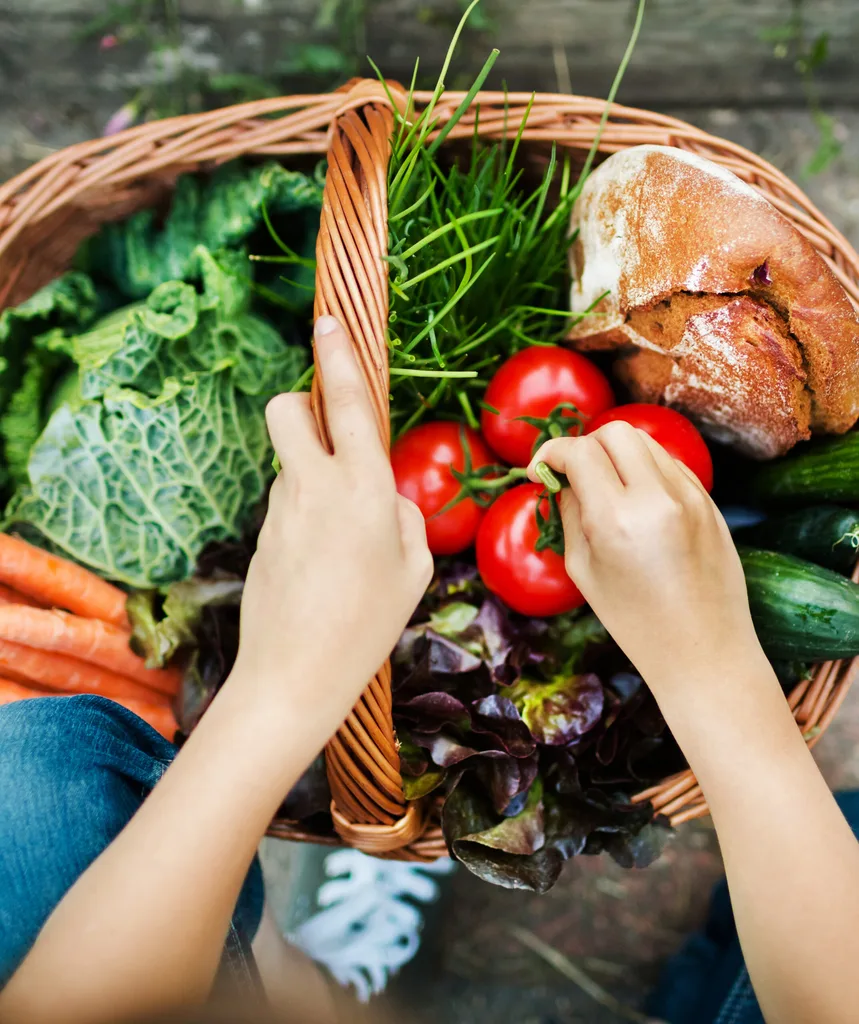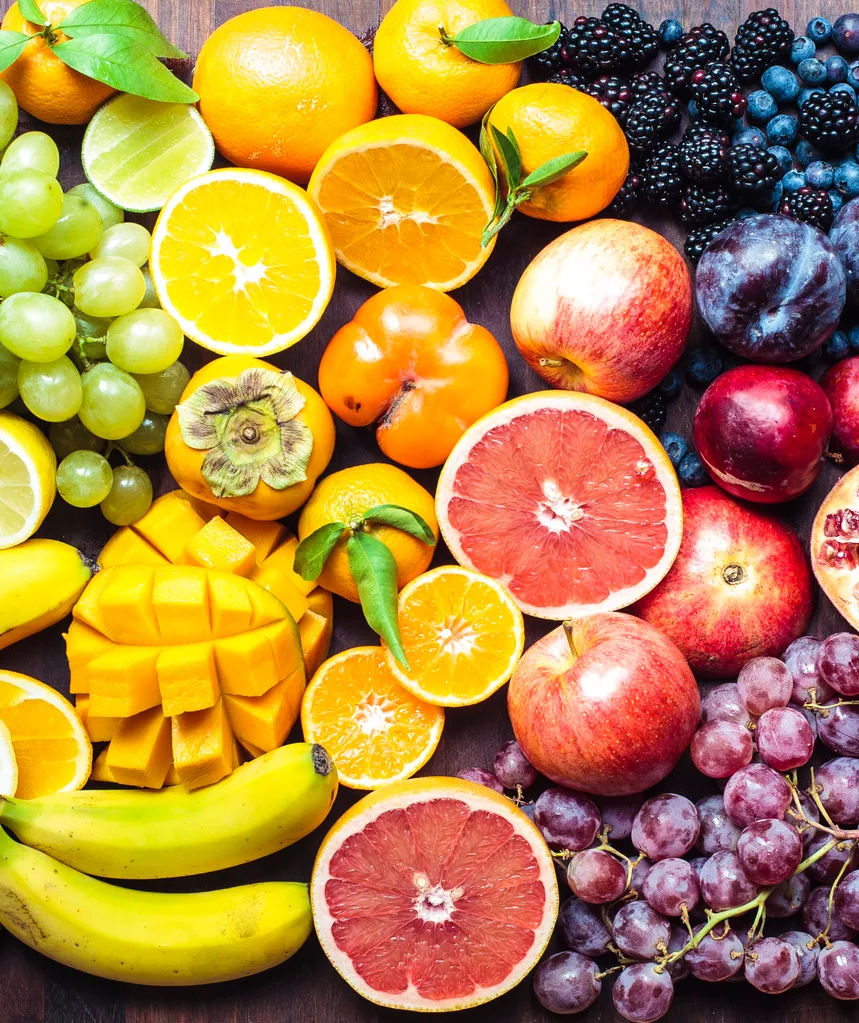For most women, “The Big Five-Oh” is a time of transition and there are several health challenges at this age – such as weight gain – that women should be aware of and take steps to manage.
The obvious transition is the hormonal change from pre-menopause to peri-menopause to menopause, where the most significant change is a drop in progesterone and oestrogen levels.
At the same time there is a slowing metabolism as part of the ageing process.
It’s the decline in these hormones that can be responsible for an increase in weight around the waist.
There can also be a change in body composition where some women find they have increased fat mass and decreased muscle mass – without any change in body weight.
An increase of body weight or abdominal girth increases the risk of diabetes, high blood pressure, cardiovascular disease and some types of cancer.
Some women will develop chronic diseases or mobility problems such as arthritis as they get older, and this can cause you to stop or slow down your usual activities, which can also cause weight gain.
Fifty-something can also correspond with a number of life changes, which make it hard to get the balance of healthy eating and exercise right.
These can include elderly parents needing extra support, adult children leaving home and grandchildren coming along.
Reduced bone density with an increased incidence of bone fractures also becomes a risk after menopause, so a nutritional plan needs to consider adequate calcium and magnesium and other micronutrients to maintain your bone strength.
READ NEXT: Oprah shares her amazing diet secrets
Problems with digestion are also relatively common with age.
Constipation, heartburn, diverticular disease, and flatulence can all make food planning a challenge.
Some older women cut out foods from their diet in an attempt to relieve these symptoms.
WATCH BELOW: Five Foods To Boost Your Metabolism.Story Continues…
Avoiding the food traps

Make sure to purchase fresh food.
(Source:Getty)To keep your weight in check, be aware of these common food traps:
“Mindless” eating: Many people eat “mindlessly” – that is, eating without thinking about what they are doing. Mindfulness is deliberately paying attention, non-judgmentally, to what is going on in your internal and external environment. It’s a technique that’s used to help you overcome all sorts of automatic, habitual patterns, like snacking.
Watch your portions: As you get older, your kilojoule requirements are less.If your partner is younger, or a larger body size than you, your portion sizes need to be different.
Eating for one: Eating is a very social event for many of us. If you find yourself single or widowed in your middle years, it can be hard to find the motivation to cook for yourself every night. One solution is to focus on nutrient quality for breakfast and lunch and arrange to eat with friends or family at least a few nights a week.
Not enough protein: A common problem we see is not eating enough protein. Maintaining bone and muscles mass depends on adequate protein, so including eggs, lean meat, chicken, fish, or tofu twice a day is important. For the sake of your bones, don’t avoid dairy products unless you have another source of calcium.
Empty fridge and pantry: It is hard to plan meals unless you have the ingredients. Plan your meals for the week, and aim to shop for fresh food at least twice a week.Make sure the staple ingredients don’t run out.
Sample Over-50s Daily Meal Planner

For supper having Greek Yoghurt with berries is an idea for your meal planner.
(Source:Getty)Breakfast: Porridge made with traditional rolled oats and skim milk + small banana + sprinkle of crushed walnuts
Morning tea: Wholegrain cracker + slice light cheese
Lunch: Tin salmon with bones on + wholegrain bread + avocado + lots of salad (baby spinach, tomato, beetroot, onion, cucumber, grated carrot)
Afternoon tea: Small sliced apple + small handful raw almonds
Dinner: Beef and vegetable, tomato-based curry with chickpeas and brown rice
Limit red meat to 2-3 times per week, choose lean cuts and small portions.
Supper: Plain Greek yoghurt + berries
The changes you need to make

It is important to reassess your diet and make adjustments.
(Source:Getty)As you pass your half-century milestone, hormonal and metabolism changes mean your diet requires a rethink.
As we age, our nutritional needs change to focus on protecting our body and brain and preventing disease.
We also become less efficient at using our fuel stores, so maintaining our usual weight becomes more difficult and weight gain is common.
To compensate for these shifting needs, it’s essential to reassess your diet and make some adjustments.
Dietitian and nutritionist Jaime Rose Chambers suggests some simple swaps to get you started.

Eatting more whole fruits is just one of the changes you need to make to your diet.
(Source:Getty)Eat more: Skim or low-fat dairy products
Eat less: Full-fat dairy products
Bone loss begins to accelerate at peri-menopause putting women at risk of osteoporosis, however men are at greater risk later in life, too.
Low-fat dairy products like skim milk and low-fat yoghurt provide the calcium our bones need (three serves to meet the required 1000-1300mg per day), but without the additional energy and saturated fats that you get from the full-fat varieties.
Eat more: Legumes
Eat Less: Processed meats
Eating too many processed meats like bacon, salami and frankfurts increases your risk of bowel cancer, whereas fibre-rich foods like legumes have been shown to have a protective effect.
It’s recommended to mostly avoid processed meats and swap some of them for a meal containing legumes such as chickpeas.
Eat more: Wholegrains
Eat less: White breads and grains
The risk of developing type 2 diabetes greatly increases after the age of 50.
Consuming lower glycaemic-index grains, such as oats, rye, barley, wholegrain breads and cereals, can help to reduce blood sugar and insulin spikes and support weight management.
Eat more: Oily fish
Eat less: Red meat
As we age our muscle mass declines, which slows down our metabolic rate, so the weight you were once able to maintain becomes more difficult.
Increasing protein intake can help with this, with a focus on omega-3-rich oily fish like salmon and sardines and less red meat like beef, lamb and pork.
Eat more: Whole fruits
Eat less: Fruit juice
As we age our gastrointestinal tract slows down. This, together with hormonal fluctuations and, often, lifestyle changes, can mean that constipation is more common.
To keep bowels regular, it’s important to get enough fibre in our diet. A whole piece of fruit, such as an apple with the skin, contains around 5g of fibre, whereas an apple juice contains virtually none.
Eat more: Extra virgin olive oil
Eat less: Vegetable oil
Brain health is important as we age and research has shown that extra virgin olive oil may be one of the best additions to your diet to protect against cognitive decline.
Some vegetable oils used for cooking and found in packaged products may have the opposite effect.
Eat more: Coloured vegetables
Eat less: Potato
The bright colours of vegetables are due to the presence of plant antioxidants.
These help combat oxidative stress, which damages cells and contributes to age-related disease.
Aim for half your lunch and dinner to be a variety of different coloured veggies.
Joyful eating

It’s always easier to have a clear cooking space, also playing music or even listen to a culinary-themed podcast as you cook can allow you to have more fun.
(Source:Getty)Food is so much more than simply fuel for our bodies.
Feros Care’s Positive Living program manager Vidya Gopinath (feroscare.com.au) shares her tips on how to maintain the joy of eating after 50.
1) Be adventurous
Circle this week’s specials or find out what’s in season. Then, take these key ingredients and get creative with new ways to cook them. It doesn’t have to be a special occasion – any day is a good day to try a new recipe.
2) Get organised – and have fun!
Create a clean and clear space and be organised with your ingredients to eliminate the stress of cooking. For a fun atmosphere you could play music or even listen to a culinary-themed podcast as you cook.
3) Eat with your eyes
Make your meals look more appetising by taking pride in the presentation. Try colourful fruit, vegetables or herbs as garnishes – they look great on the plate and are also nutritious for the body.
4) Set the scene
Research shows the environment where we consume food impacts on the quality of the meal – so set the table, light candles and dim the lights. Eating will be far more enjoyable in a good ambience.
5) Make it social
It’s not always possible for every meal, but sharing a meal with family or friends has positive benefits for people of all ages.
It not only creates quality communication but also fosters love, security and a sense of unity.



